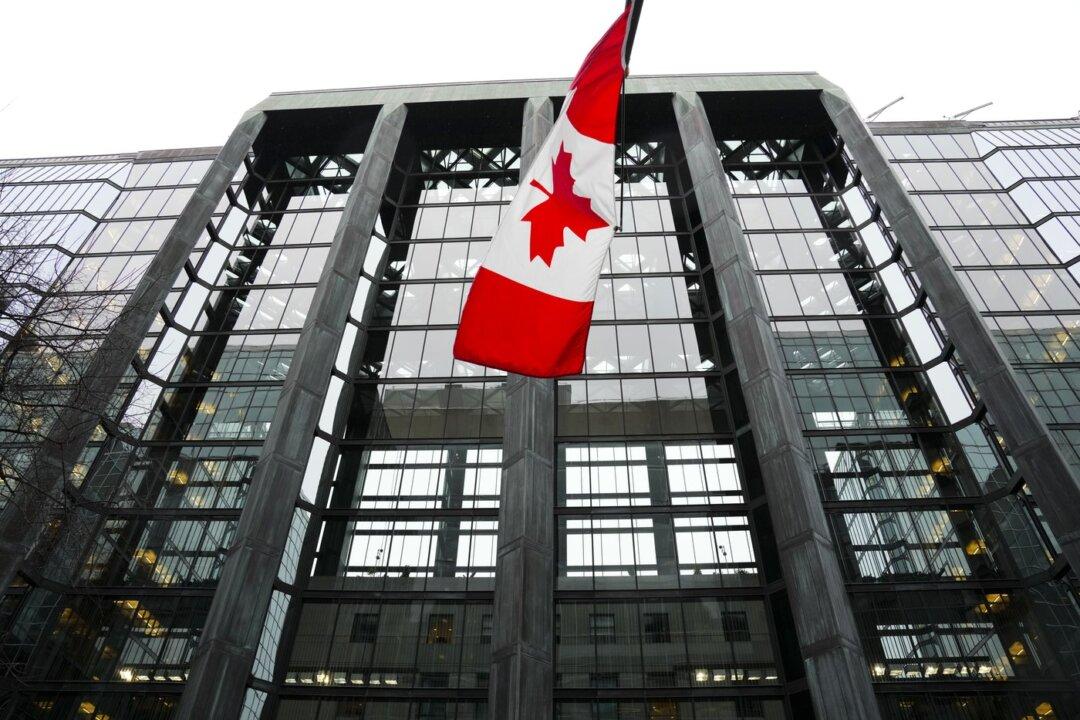OTTAWA—The Bank of Canada held its main policy rate unchanged at 5 percent on Sept. 6—as was widely called for. But Canada’s central bank said it is “prepared to increase the policy rate further if needed,” as it is still concerned about inflation persisting.
Inflation ticked up in July by 0.5 percentage points to 3.3 percent.
The BoC expects higher gas prices to keep inflation elevated in the near term before it comes down. It reported that core inflation measures are still running at around 3.5 percent.
“There has been little recent downward momentum in underlying inflation,” the bank said in its Sept. 6 statement.
A key economic data point was the second quarter’s negative economic growth of -0.2 percent on an annualized basis, which came in far below the BoC’s July estimate of 1.5 percent. The contraction in gross domestic product was due to a slowdown in consumer spending, declines in home building, and more imports than exports.
“The Canadian economy has entered a period of weaker growth, which is needed to relieve price pressures,” the bank said.
Demand Slows
The BoC noted that tightness in the labour market is gradually reducing with unemployment climbing, but that wages are still rising by around 4 percent to 5 percent. Canada’s jobs report for August will be released by Statistics Canada on Sept. 8.
The central bank said it is seeing recent evidence of excess demand in the economy easing given the lagged effects of an unprecedented series of rate hikes totalling 4.75 percentage points since March 2022.
The central bank said household credit growth—mortgages, car loans, credit cards—slowed due to the impact of higher rates affecting a wider range of borrowers. Mortgage interest payments, rising at over 30 percent a year, continue to be the biggest contributing factor to above-target inflation.
The central bank also noted that Canada was not immune to slowing economic growth in the second quarter. It stated growth slowed globally in the second quarter “largely reflecting a significant deceleration in China” and that “growth prospects in China have diminished.”
However, the BoC said that United States growth was stronger than expected due to consumer spending, which is in contrast to the Canadian situation.
The central bank stated it is also continuing its policy of quantitative tightening whereby it allows its holdings of Government of Canada bonds to mature without reinvesting the proceeds in more such bonds. This reduces the amount of stimulus in the economy and exerts upward pressure on longer-term interest rates.
The Bank of Canada’s next interest rate decision will be on Oct. 25. It will be accompanied by quarterly forecasts in its monetary policy report.





